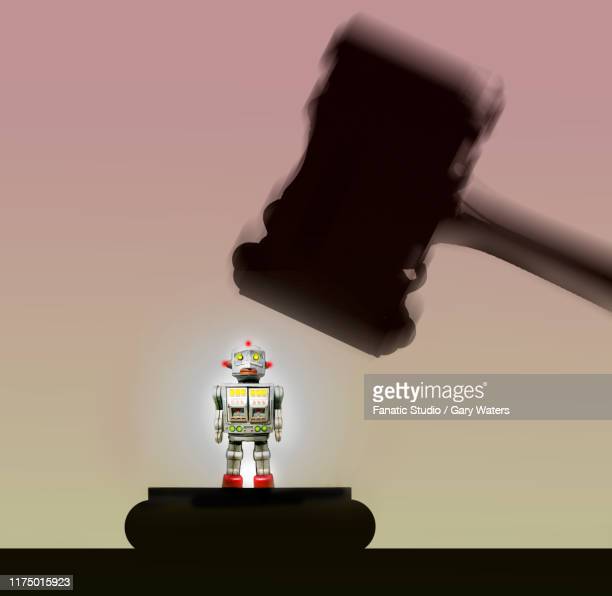
The use of facial recognition technology and surveillance cameras raises significant privacy concerns and risks. While they offer benefits such as increased safety and security, there is a need to balance these with the protection of privacy rights. Appropriate regulations and ethical considerations are essential to ensure responsible and ethical use of technology.

The synergy between AI and Blockchain has the potential to transform industries and drive innovation. However, it is essential to approach this integration with a focus on ethics and responsibility. Best practices for ethical AI and Blockchain integration include establishing clear protocols for data privacy and security, ensuring transparency and accountability, and addressing issues of bias and discrimination.

The convergence of AI and blockchain technology has the potential to transform various industries by enabling secure and decentralized data sharing, enhancing transparency, and improving decision-making. This synergy creates new opportunities for businesses and individuals, from democratizing access to AI to enabling autonomous decision-making by AI agents on blockchain networks. As these technologies continue to evolve, we can expect to see more innovative solutions emerging from this synergy.

Virtual Reality (VR) technology has the potential to revolutionize the field of mental health treatment, providing new opportunities for therapy and self-help. Research has shown that VR can be effective in treating a range of mental health conditions, including anxiety disorders, PTSD, and phobias. By providing patients with a safe and controlled environment to confront their fears and manage their symptoms, VR technology can enhance the effectiveness of traditional therapy.

Data centers are an essential component of the digital age, providing the infrastructure needed to store and process vast amounts of data. However, as the demand for high-performance computing continues to grow, data centers are becoming increasingly energy and water-intensive. In particular, the cooling systems used to dissipate the heat generated by the servers in a data center can consume vast amounts of water, particularly in areas where water resources are scarce.

Mixed reality is a blend of virtual and augmented reality that offers users an interactive and immersive experience that feels like a seamless integration of the digital and physical world. By combining real-world and virtual elements, mixed reality has a wide range of applications, from gaming and entertainment to education and training, design and architecture, and even healthcare.

Augmented Reality (AR) is a technology that allows for a digital overlay of the real world, creating an immersive and interactive experience for users. With AR, users can see computer-generated objects and information superimposed onto the real world, enhancing their perception of the environment around them. AR has a wide range of applications in industries such as gaming and entertainment, education and training, healthcare, advertising, and manufacturing. AR technology has the potential to enhance user experiences, improve visualization, increase productivity, reduce costs, and create new revenue opportunities. With continued advancements in hardware, AI integration, and user interfaces, the future of AR is exciting, with the potential to revolutionize the way we live and work.

Virtual reality (VR) is a technology that allows users to immerse themselves in a simulated environment, often through the use of a headset or other devices. With VR, users can experience everything from a roller coaster ride to a historical site visit, all from the comfort of their own home. The potential applications of VR are vast, including entertainment, education, healthcare, and more. While the technology is still relatively new and expensive, it has already had a significant impact on society and culture. As VR continues to advance, it has the potential to transform the way we learn, work, and play, unlocking new levels of creativity, innovation, and discovery.
ChatGPT is a large language model created by OpenAI based on the GPT-3.5 architecture. It is an AI-based platform designed to understand and generate natural language, allowing for seamless and dynamic communication between machines and humans. ChatGPT uses deep learning algorithms to analyze and understand the context of the conversation, enabling it to provide accurate and relevant responses to users' queries. With a vast repository of data and algorithms, ChatGPT is capable of performing a wide range of tasks such as language translation, text summarization, sentiment analysis, and content generation. Its innovative technology has revolutionized the way humans interact with machines, making communication faster, easier, and more intuitive.
Artificial Intelligence (AI), Machine Learning (ML), Internet of Things (IoT), Robotics, Natural Language Processing (NLP), and Deep Learning are some of the most prominent buzzwords in the field of computer science and technology. Though often used interchangeably, these terms have distinct meanings and applications
Cyber security is the practice of protecting electronic devices, systems, networks, and sensitive information from unauthorized access, use, disclosure, disruption, modification, or destruction. It involves implementing various technologies, processes, and policies to safeguard against cyber attacks, which are malicious activities conducted over the internet or other digital communication channels.
Cloud computing refers to the delivery of computing services such as servers, storage, databases, software, and analytics over the internet (the "cloud") on a pay-as-you-go basis. It involves a network of remote servers hosted on the internet to store, manage, and process data instead of a local server or a personal computer. Cloud computing allows users to access their applications and data from anywhere with an internet connection, while the cloud service provider manages and maintains the infrastructure, security, and maintenance of the hardware and software.








